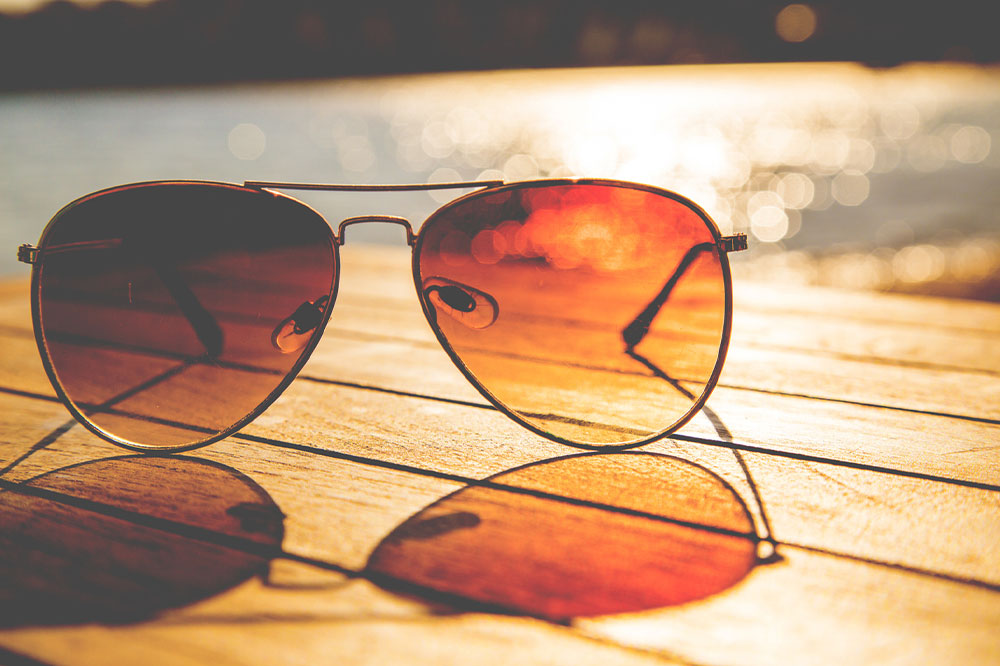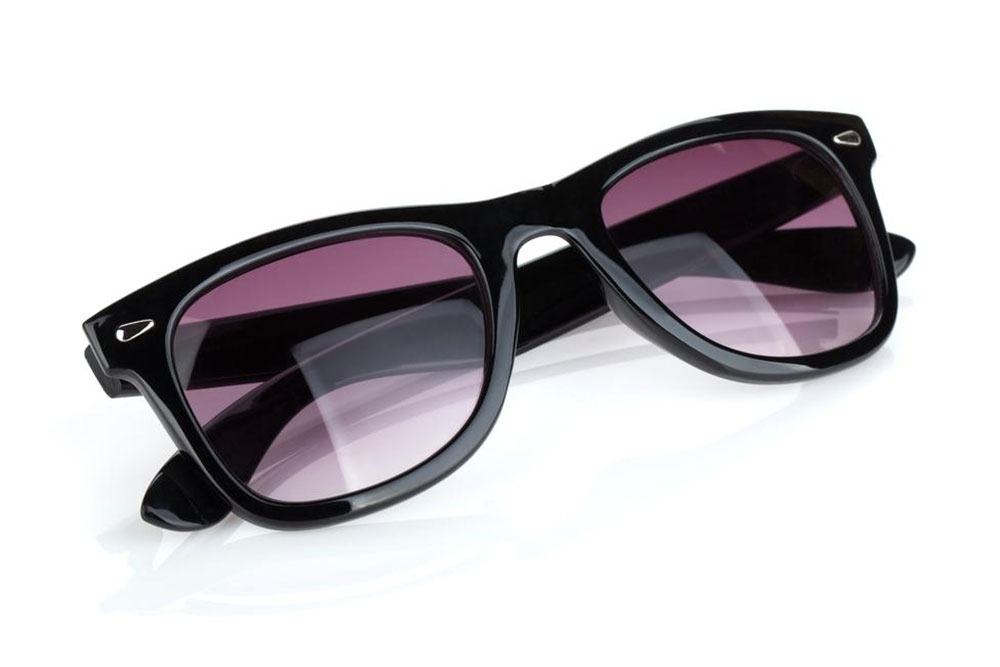Comprehensive Guide to Myths and Facts About Sunglasses and Eye Safety
This comprehensive guide refutes common myths about sunglasses, emphasizing the importance of UV protection regardless of price, tint darkness, or season. Learn how to choose effective sunglasses that safeguard your eye health all year round, understanding key factors like lens coverage and proper labeling for optimal protection.

Comprehensive Guide to Myths and Facts About Sunglasses and Eye Safety
Many people consider sunglasses as just a fashion statement, but they are vital tools for protecting one of the most sensitive parts of our body—our eyes. The importance of wearing appropriate sunglasses extends beyond aesthetics; it is crucial for safeguarding our eyes from the sun’s harmful ultraviolet (UV) rays. Unfortunately, numerous misconceptions about sunglasses circulate, which can lead to improper use or neglect of eye protection. This extensive guide aims to debunk common myths surrounding sunglasses, highlight the facts that every individual should know, and help you make informed choices to ensure optimal eye health.
Myth 1: A Higher Price Always Means Better UV Protection
Many consumers believe that spending more on sunglasses automatically guarantees superior protection from UV rays. This is a common misconception. In reality, the price of sunglasses does not necessarily correlate with their effectiveness in blocking UV radiation. Instead, what matters most is the presence of specific labels indicating UV protection, especially those that state they block 99% or more of UV rays. It’s essential to scrutinize the product labels rather than rely solely on brand reputation or price tags. High-quality sunglasses with effective UV protection can be affordable and accessible, while expensive brands without proper UV labels might provide subpar protection.
Myth 2: Darker Tints Mean Better UV Defense
A common belief is that the darker the sunglasses, the better the UV protection they provide. However, this is not accurate. The darkness or tint of the lens has little to do with UV blocking capabilities. Several light-colored or translucent glasses are engineered with high-quality UV protective coatings that block harmful rays effectively. The shade of the lens does not necessarily indicate its protective properties. Instead, consumers should look for specific labels or markings indicating UV protection—preferably those that specify 100% UV protection—to ensure their eyes are adequately shielded from ultraviolet radiation.
Myth 3: UV Rays Are Not a Concern During Cloudy Days or in Winter
Many assume that cloudy days, winter, or cold weather reduce UV exposure and do not require sunglasses. Truthfully, UV rays are still present and can be just as damaging on overcast or snowy days because they reflect off surfaces like snow, ice, water, and even buildings. UV radiation can penetrate clouds and cause cumulative damage over time. Therefore, wearing UV-blocking sunglasses should be a year-round habit, regardless of weather conditions or seasons, to maintain optimal eye health and prevent long-term damage such as cataracts, macular degeneration, and other eye problems.
Myth 4: Smaller Lenses Offer Adequate Eye Coverage
Some individuals believe that small or narrow lenses are sufficient to protect their eyes from UV rays. However, larger lenses and full-coverage frames provide better protection overall. Bigger lenses cover a broader area, reducing the risk of UV rays reaching the eyes through indirect exposure or pupil dilation. They also provide more extensive protection for the surrounding skin and reduce glare, which can improve overall visual comfort. When choosing sunglasses, consider frames that offer ample coverage and ensure the sides and edges are well protected to maximize eye safety.
In summary, understanding the facts about sunglasses and their protective qualities is essential to safeguard our eye health. Never assume that price, darkness of the lens, or the season alone determine the quality of protection. Always look for proper UV protection labels, choose larger frames for better coverage, and remember that preventive eye care is a year-round priority. By debunking these common myths, you can make informed decisions and select sunglasses that truly protect your eyes from the sun’s harmful rays, ensuring clear vision and healthy eyes for years to come.





